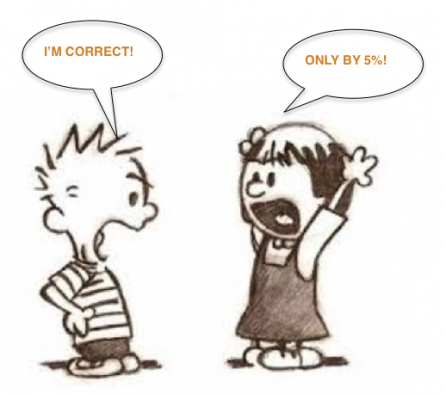

Five Steps to Successful Consultation Data Management
Documenting consultation activities and outcomes is vital to effectively managing the engagement process. The overall goal of consultation data management is to:
- Find the right data to answer basic, yet important questions such as: Who has been consulted with about a particular issue? Where and when such meeting took place? What were the results?
- Discover important patterns in stakeholder feedback to identify risks, and inform decisions
- Demonstrate compliance to the regulatory or lending requirements, and how the company incorporates community feedback in the project outcomes
- Provide accurate and reliable records of consultation for dispute resolution.
Challenges in Consultation Data Management
The challenge in managing stakeholder engagement data is how to achieve the overall objective in a way so that:
- the results are accurate, reliable, and defensible
- the process is efficient and seamless
- the outputs are quick to generate and smart in the way they are presented.


The Five Steps
Below are the steps we usually work through with clients to help them understand how to organise their stakeholder engagement data, perform and write up data analyses.
Step 1 – Preparation
Basic questions to go through at this stage are:
- Do you have existing data?
- What format is it in?
- Does it need to be ‘cleaned’ for duplicates, messy records, etc?
- What value would this existing data hold for your future processes? Sometimes old data is just too messy and would require more resources than the value of the data justifies
- Do you have any established reporting and evaluation requirements?
Step 2 – Design
Key questions asked at this stage:
- What are the crucial pieces of stakeholder information that you need to capture for analysis and reporting? For example, postcode for reporting by geographic area
- Organise your stakeholders so it will be easy for you to distribute targeted information and filter data for reporting – what filters and groupings will assist this?
- What methods and processes will you use for interacting with your stakeholders?
- What filters needed for you to create reports that meet the requirements identified in Step 1?
- Are there ways you can automate the data collection?
- How are you going to process media, social media and other external data?
Step 3 – Qualitative data
Qualitative data is text or narrative from open ended questions on surveys, meeting notes, submissions, interviews, media articles, etc. Two important things to consider are:
- What questions do you want to answer from the rich-text data?
- What are the needs of those who will use the information?
Qualitative analysis provides a rich understanding of stakeholder views on the project. Qualitative analysis help answer some questions such as:
- What are the key stakeholder issues, concerns, suggestions and aspirations ( referred to as “themes”)?
- Are there any relationships between themes (eg: A few themes might appear together consistently in your data. Exploring these connections might help explain the “why” in your data)?
- How to drill down to specific comments on a theme, for example, what do directly affected people actually say about the project impacts on their way of life?
To present your findings:
- Develop an outline for presenting results – Look for quotes or descriptive examples and visual representations of your data to help explain the data and your findings.
- Don’t forget to address the limitations of your methodology and results – look for what is missing (eg, missing voices from the vulnerable segments of the affected community).
Process and methods for data collection:
- Are there ways you can minimise the amount of effort you need to put in to collect the qualitative data and yet still get the information in as ‘raw’ format, in stakeholders’ own words?


Words or numbers? Qualitative vs. quantitative
Step 4 – Process
- Structure your database design to support the methods of engagement, the timing of your process, and the required outputs. Ensure that categories match what your process will entail so you can get rich detail in your analysis.
- Integrate all sources in your analysis and reporting – does your stakeholder engagement solution allow for integration of data from all sources such as surveys, submissions, media, etc? If not, what measures will you put in place to ensure that your reports present an accurate and comprehensive picture of stakeholder views?
Step 5 – Protocols and Maintenance
A quality database means quality output and meaningful reports.
- Develop data management protocols that set rules around how to use the database, what information should be captured, how to ensure consistency in the data capture.
- Train your users to ensure consistency in data input and analysis.
- Perform data maintenance as regularly as you can, depending on nature of your engagement process (ie, a data maintenance should be undertaken before a big reporting period or before the next consultation stage takes place).
Further Tips on Engagement Data Management
Hope you find these five steps are helpful and relevant to your needs. For further reading, check out tips on how to increase value of stakeholder engagement data, and a simple flowchart that guides you through steps to choose the right stakeholder engagement and consultation management tool.
Check out our Definitive Guide to Public Consultation here for some more tips and ideas.


